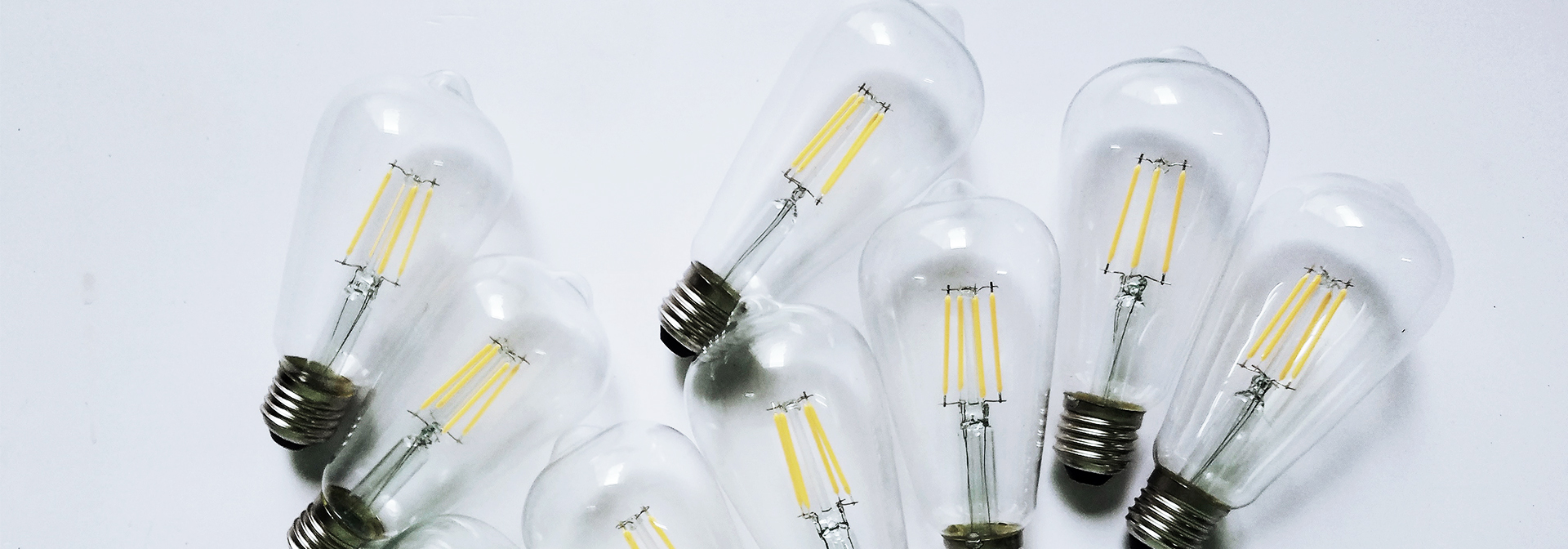
Imagine this scenario: You go to a local hardware store to stock up on light bulbs and realize that your trusted 60-watt incandescent bulbs are no longer on the shelves. The available light bulbs are all labeled in terms of lumens, not wattage. How do you know what to buy?
Some of our Akron customers may have questions about the new thinking behind labeling light bulbs in terms of lumens rather than wattage. We want to provide you with some helpful information so that the next time you go light bulb shopping, you will be ready!
Lumens indicate brightness. You are likely used to shopping for bulbs in terms of wattage, which measures the amount of electricity needed to power the bulb. Watts do not indicate a light’s brightness. Lumens, on the other hand, tell you how much light the bulb will emit. It makes sense to shop for bulbs based on their desired brightness, as this can help you better select lights for specific areas of your home.
More lumens equals more light. When you read a light bulb label, keep this in mind. A standard incandescent 60-watt light bulb is the equivalent of approximately 800 lumens. Lumens Light + Living provides a helpful chart that is a good guide for selecting bulbs, and we have summarized it below:
– If your bulb was 100 watts, look for a bulb with at least 1,600 lumens of brightness.
– If your bulb was 75 watts, look for a bulb with at least 1,100 lumens of brightness.
– If your bulb was 60 watts, look for a bulb with at least 800 lumens of brightness
– If your bulb was 40 watts, look for a bulb with at least 450 lumens of brightness.
If you would like your light to be brighter, you can go up in lumens. If you prefer the light to be dimmer, simply select a bulb with lower lumens.
Identifying bulbs based on lumens, rather than wattage, can promote energy efficiency. As traditional incandescent bulbs—like those 60-watt bulbs we have referenced—become increasingly less available and, eventually, phase out of stores, you will see more energy-saving bulbs. For example, halogen incandescent bulbs are a good alternative to traditional incandescent bulbs. Halogen lights typically use at least 25 percent less energy than incandescent bulbs and can last more than 3 times longer.
If you have questions about replacing the light bulbs in your home’s existing light fixtures, or you need advice on what type of light bulbs to select for a new light installation, please contact Blue Collar Electricians. We can help you select the right bulbs as well as handle the installation of any new light fixtures.